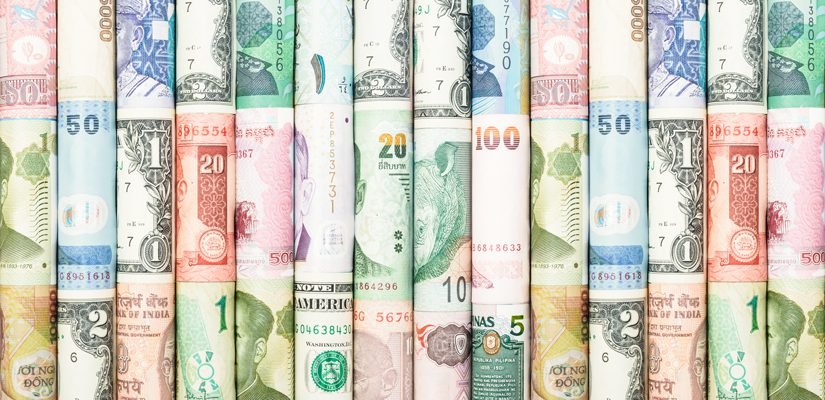In recent financial developments, the Japanese yen has seen a decline, while the U.S. dollar exhibits instability. These shifts in currency values are occurring in the context of traders contemplating the potential implications of the Federal Reserve’s speculated interest rate hikes.
Date: July 03, 2023
Place: New Delhi, India
The State of Yen in the Forex Market
The yen, Japan’s official currency, saw a slight depreciation just below the key benchmark of 145 per U.S. dollar at the start of the second half of this year. This came after a significant 9% decrease in value against the dollar in the first six months.
The yen also experienced a downward trend against the euro, reaching a near 15-year low. Notably, the yen-to-sterling rate peaked at its highest since December 2015. This pattern was primarily influenced by various economic and political factors that we will discuss below.
Influence of Japanese Authorities on Yen’s Value
Last Friday, the yen briefly surpassed the 145 per dollar mark, hitting an almost eight-month low. Investors closely observed the situation, speculating whether Japanese authorities might intervene in the currency market to stabilize the yen’s value.
Shunichi Suzuki, Japan’s Finance Minister, expressed that Japan would take suitable measures to counteract the excessive depreciation of the yen. This statement had a notable influence in curbing the yen’s loss that Friday.
The Role of Intervention in Currency Markets
To understand the actions of the Japanese authorities, it is essential to comprehend the concept of intervention in currency markets. Marc Chandler, a chief market strategist, likens intervention to an “escalation ladder”. The highest rungs represent coordinated intervention, while the lower rungs indicate different types of verbal intervention.
For instance, Japan bought the yen in September, its first market action to boost its currency since 1998. This happened after a decision by the Bank of Japan (BOJ) to maintain an ultra-loose policy pushed the yen’s value as low as 145 per dollar.
Economic Conditions in Japan
Despite these currency challenges, Japan’s business sentiment improved in the second quarter. This improvement was due to easing supply constraints and the lifting of pandemic restrictions, leading to increased factory output and consumption. This trend indicated a steady recovery of the Japanese economy.
The Dollar’s Performance and Factors Influencing It
The U.S. dollar, on the other hand, showed a slight depreciation after recent U.S. economic data indicated a slight easing in inflation and consumer spending. The Federal Reserve’s decision to leave interest rates unchanged in its June meeting suggested that borrowing costs might still need to increase by up to half of a percentage point by the end of the year.
Interestingly, data showed lower-than-expected inflation in May, while consumer spending slowed down unexpectedly, pointing to the effectiveness of the Federal Reserve’s decisions.
The U.S. Labor Market Outlook
This week, investors will focus on the U.S. Federal Reserve’s minutes from the June meeting, the Labor Department’s Job Openings and Labor Turnover Survey (JOLTS), and the monthly payrolls report. These documents will provide insights into the U.S. labor market’s health and future trends.
Other Currencies’ Performance
Against a basket of currencies, the dollar remained at 102.86, after falling 0.4% on Friday. Meanwhile, the euro and sterling both made slight gains in the first half of the year.
The Chinese yuan managed to stabilize after nearing an eight-month low against the dollar, thanks to the central bank’s intensified efforts to bolster the local currency. Both the Australian and New Zealand dollars also saw slight appreciation.
To Sum Up
In summary, various factors, including governmental actions, economic data, and global events, influence the foreign exchange market. Understanding these factors can help investors and policymakers make informed decisions.
Disclaimer
The original content of this educational piece was published by Reuters. CurrencyVeda has modified the format and language for educational purposes, aiming to improve comprehension. The factual content remains unchanged and all credit for the original news reporting is attributed to Reuters.





